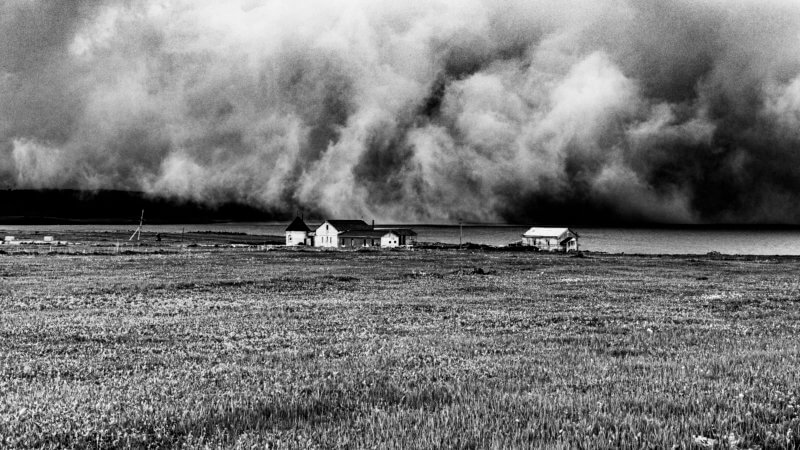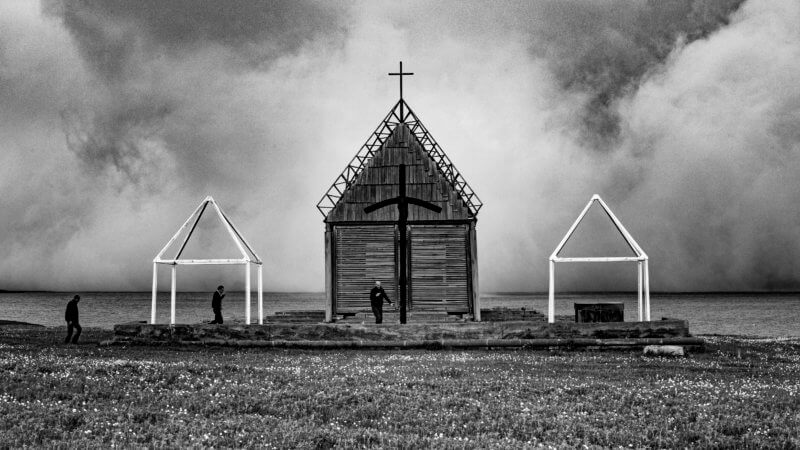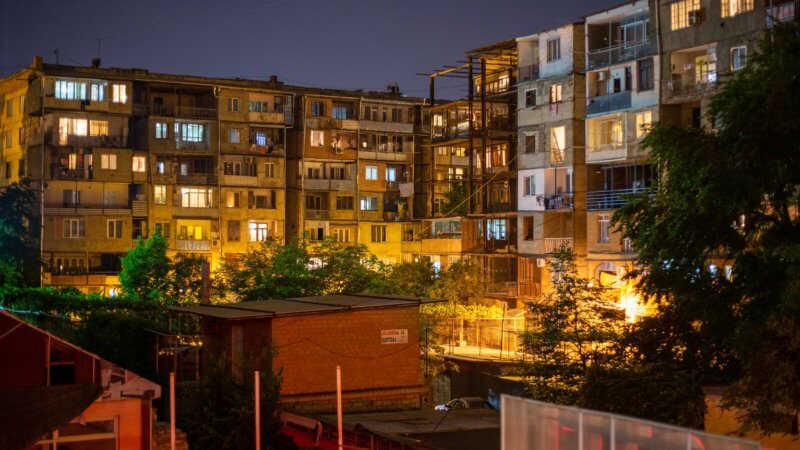Being at the crossroads of Asia and Europe, Georgia’s cultural heritage is ancient and fascinating. Its geopolitical history is equally interesting too, with various conflicts with Turkey and Persia until Russia annexed it in the 19th century. Despite it being a relatively small country, there’s a wide variety of landscapes ranging from alpine mountains and beaches on the Black Sea coast. In the south, there are remote hilly grasslands and, in the east, there are arid wine-growing plains. This set of Caucasus Mountains photos covers a two-week-long road trip in Georgia after a failed attempt to travel with two donkeys between the outskirts of Tbilisi and Tsalka.
To see historical Caucasus Mountains photos, including other parts of the country, check out this set from early 20th century American photographer George Kennan. Kennan travelled extensively through the Russian Empire, including as far as Kamchatka and Siberia’s northern Arctic coast. Somewhat confusingly, Kennan shares the same name and birthday with a cousin (twice removed) who was a historian and diplomat.
Deciding where to go and what to do in Georgia is tough, given that it’s a country packed full of historical sites, varied landscapes and different cultures. Some highlights worth considering are the 3,000 to 5,000-year-old former capitals of Kutaisi and Mtskheta and Ushguli, which is Europe’s highest permanently inhabited settlement. The country’s highest point is Shkhara (5,193 m), although it’s much less climbed than Kazbek (5,054 m). On the Russian side of the Caucasus is Europe’s highest peak, Mount Elbrus (5,642 m)—you can check out my ExplorersWeb story on the peak here. Aside from flying into Georgia – to Tbilisi, Kutaisi or Sokhumi’s international airports – you can also access the country by its land borders and ferry services across the Black Sea.
My photography has been published in the following outlets:



































































